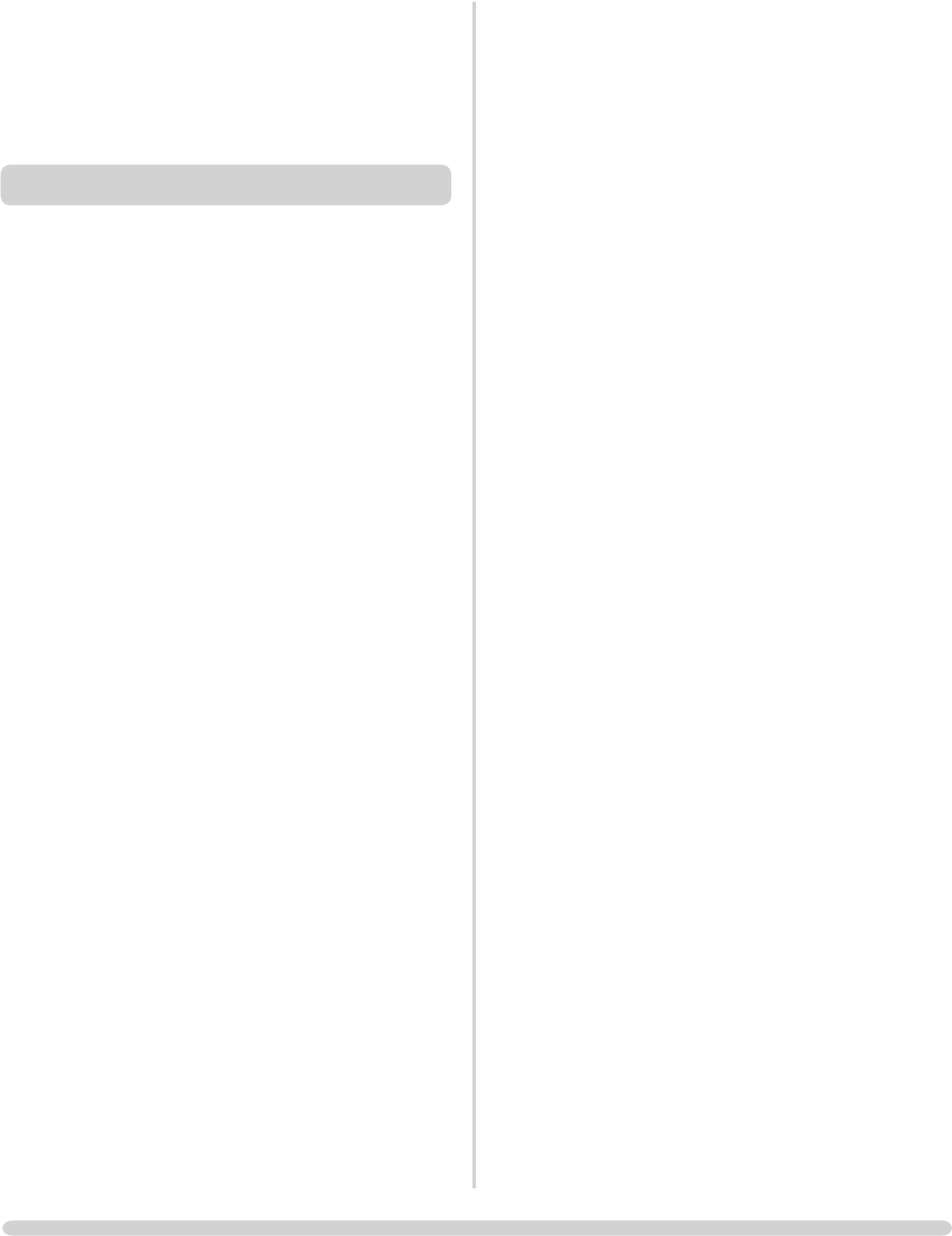
13
PRE-INSTALLATION CHECKS
It is important that adequate ventilation exists and the flue or
chimney system that is to be used is in good working condition.
Products of combustion that enter the room could be a serious
health risk. Before installation of this product we recommend
that the flue or chimney system and ventilation requirements are
inspected by a competent person, and passed as suitable for use
with the appliance to be fitted. In particular the following should
be checked:
1.1 The construction of the Flue or Chimney system should
meet the requirements of the Building Regulations with
sizes as shown on the next page.
1.2 An approved factory made system suitable for Solid Fuel
use, complying with BS 4543: Part 2, may be used when
installed to the requirements of BS 7566: Parts 1 to 4,
the manufacturer’s instructions and the requirements of
Building Regulations.
1.3 New masonry chimney systems built with clay or concrete
liners or pre-fabricated block systems should be constructed
in accordance with BS 6461 : Part 1, and the requirements
of Building Regulations.
1.4 A flexible flue liner system may be used, if it is
independently certified for use with solid fuel systems, and
is installed according to the manufacturer’s instructions and
the requirements of Building Regulations. If an appliance is
being replaced on an existing flexible flue liner system, the
liner system should be replaced, unless it can be proved
to be recently installed and can be seen to be in good
condition.
1.5 Do not connect to systems containing large voids or over
230mm square (9" square).
1.6 The minimum height of the flue or chimney must be 4.5m
(15') when measured from the hearth to the top of the flue,
with no horizontal sections and a maximum of 4 bends
with angles of less than 45 degrees.
1.7 The flue exit from the building should be positioned to
comply with the requirements of the Building Regulations.
1.8 Any existing flue should be confirmed as suitable for the
new intended use, as defined in the Building Regulations.
1.9 Any existing flue or chimney system must be inspected and
swept by a NACS registered (GB only) chimney sweep, to
confirm that the system is structurally sound and free from
any obstructions.
1.10 Suitable access should be provided to enable the collection
and removal of debris.
1.11 Provision should be made to sweep and inspect the flue
when the appliance is installed.
1.12 No other heating appliances should be connected to, or
share, the same flue or chimney system.
1.13 Check the flue draught. This should be done with all
windows and doors closed and any extraction fans in this
or adjoining rooms running at maximum speed. (See next
section for additional ventilation requirements)
Max. Draught = 2.0mm Wg
Min. Draught = 1.0mm Wg
Note: A guide containing general information on Chimneys
and Flues is obtainable from: -
The British Flue & Chimney Manufacturers’ Association,
FETA
2 Waltham Court
Milley Lane
Hare Hatch
Reading
Berkshire RG10 9TH
Tel: 0118 9403416 e-mail: info@feta.co.uk
1.14 Where a hearth, fireplace, flue or chimney is provided or
extended (including cases where a flue is provided as part
of refurbishment work), information essential to the correct
appliance and use of these should be permanently posted
in the building, to meet Requirement J4 of the Building
Regulations (England and Wales), F3.12 (Scotland).
1. FLUE OR CHIMNEY


















